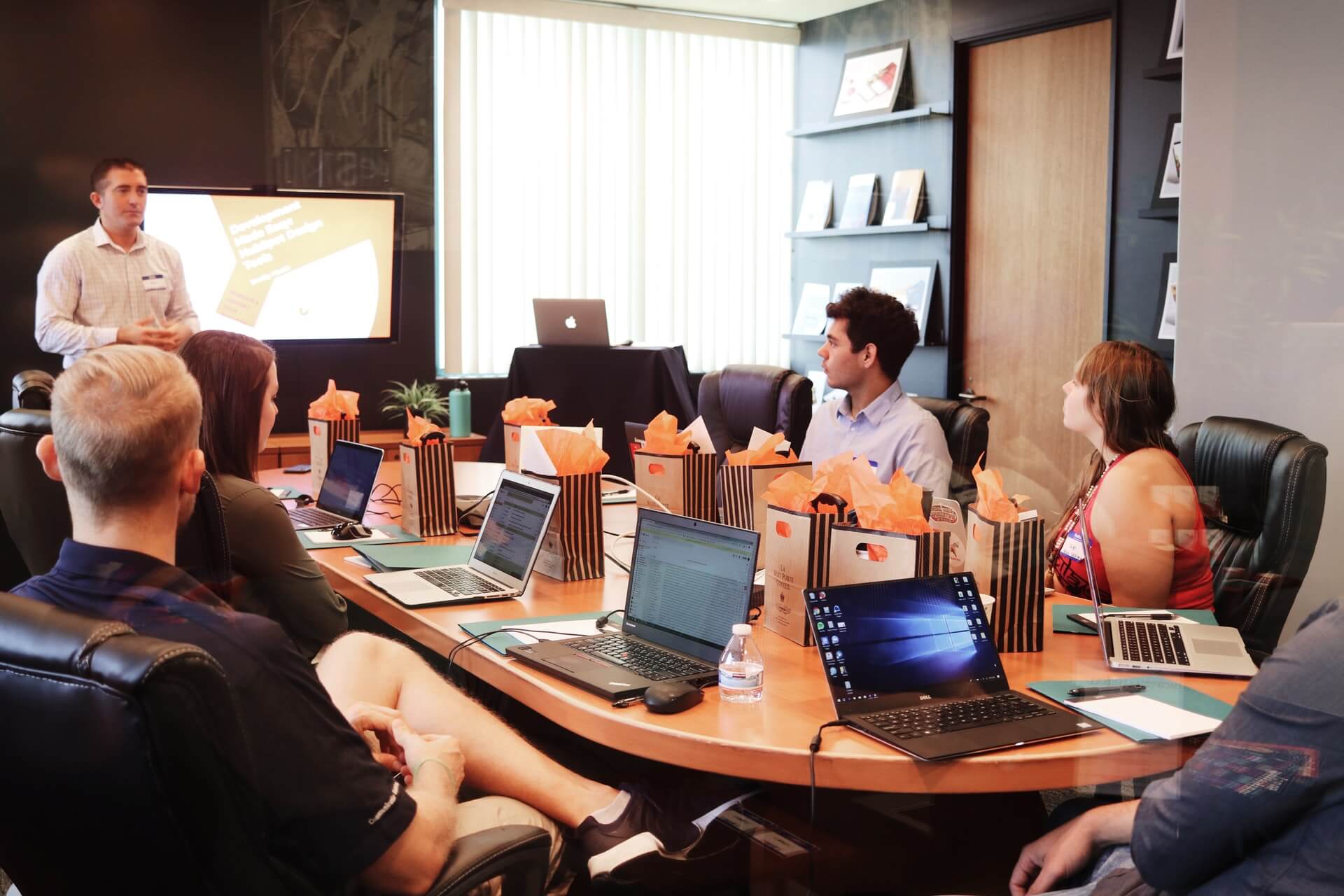The “Lowest-Rated” prospects are those who are left after the (“higher-rated”) prospects from all the other Divisions have been assigned; and, considering that condition, this segment of your constituency should not be solicited until all of the “higher-rated” prospects have been solicited. As noted, these are the prospects for whom you have no idea of the likely amount of their commitments.
In one small community, all of the newspapers serving that area carried stories about the need for the Campaign. Each story included a pledge form the reader could cut out, fill out and send to a specific Community Gifts Campaign address.
This is a don’t-hold-your-breath-waiting-for-the-commitments-to-roll-in situation, but it is good public relations, good marketing and it does give “everyone” a chance to be part of helping their community.
In another small community, the Chair of the Community Gifts Division, with others helping, recruited 50-60 volunteers (who first made their own gifts/pledges) to go door-to-door in their neighborhoods. We used the local high school auditorium and conducted a training session to educate them about all aspects of the Project the Campaign will fund. We suggested wording they might use to “Ask” for the gift, provided blank pledge cards for their use, described how the pledge cards should be filled out, and answered everybody’s questions.
The Division Chair worked with a large number of Co-Chairs and Captains to make sure that there was someone to knock on every door, and to be sure that there’d be no duplication of effort.
In one community, the banks comprised a separate Division that was solicited by a Chair and members of a committee representing each of the banks. When it was time to take the Campaign to the Community, all of the banks included a small Campaign brochure and a pledge card in the mailings of their monthly statements to their customers.
For a national/statewide organization, face-to-face solicitation is impractical/unlikely, and the constituents of this Membership Gifts Division can be solicited by mail and/or telephone – a combination of both would be best. (Watch for my posting on Mass-Solicitation.)
=-=-=-=-=-=-=-=-=-=-=-=-=-=
Have a comment or a question about starting or expanding your basic fundraising program, your major gifts fundraising program or a capital campaign? Email me at [email protected]. With over 30 years of counseling in major gifts, capital campaigns, bequest programs and the planning studies to precede these three, we’ll likely be able to answer your questions.










